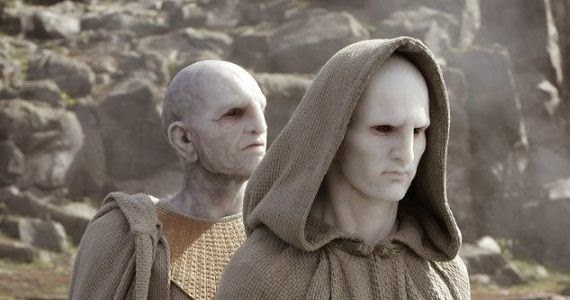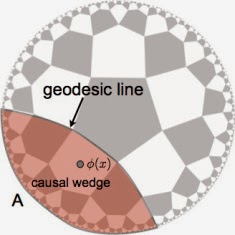
by Kat Salazar
After a brief hiatus from mainstream comics, Blak Boks LLC collaborators Eric Canete (The End League, Iron Man: Enter the Mandarin) and Jon Tsuei (Comic Book Tattoo) are announcing their ambitious take on sci-fi and action-centric storytelling in their book RUN LOVE KILL. They will be joined by designer and color artist Leonardo Olea, with Manu Fernandez providing eye-catching CGI build models for the covers. The series will be published through Image Comics in Spring 2015.
“Speaking personally, it's an incredible opportunity for me to finally get a chance to share this story that Jon and I have been laboring over for a few years now,” said Canete. “Our collaborative process has been open for discussion and always presented with the caveat there's always room for improvement. I believe these reasons are some of the major contributing factors of why we were able to create something we can both be really proud of. From script to final colored image, the story grew and evolved. To add to our momentum and good fortune, we've had the contribution of very capable partners in Leonardo Olea (book designer/color artist) and Manu Fernandez (CG covers)—both of whom understood our way of working and they really bought in early on to our creative process.”
The story follows a wanted woman in hiding named Rain Oshiro. The narrative style will prominently feature two very different but significantly connected moments throughout her life: "The Past"—which will explore her history as an impressionable student, an abiding soldier, and a wanted fugitive; and "The Present"—which will show her as she is now and how she copes with (and runs away from) the decisions made in her past. At its core, the story is an exploration of choices—both good and bad. And now, how her choices have formed her into the person she has and will become. Set against a background of a futuristic world as only artist Canete can imagine, Rain has just 24 hours to escape a barricaded city while trying to evade a military force determined to either capture or kill her.
“I'm excited for the opportunity to have an audience go along for the ride with us,” Canete continued. “While I believe it is some of the best visual work I've done in recent time, it is almost secondary to the effort we put into the characterization and story. We wanted to take our time to let the whole thing unfold without feeling rushed, and we hope the audience will feel that as they read through the issues. That really is the part that has me the most intrigued and excited—how the story will affect your views and opinions about the characters as we reveal more about them.”
Tsuei added: “I hope readers will join us for a story we feel extremely proud of. Run Love Kill has a fantastic setting wrapped in action and explosions, but at it's core, is a story about life and the difficult choices we all face. I loved creating this world with Eric and I'm excited to share it with all those who decide to give it a try.”
"Eric and Jonathan first approached me about this project years ago and it was an immediate 'yes,' so I can't tell you how thrilled I am to finally see Run Love Kill finally coming to fruition,” said Eric Stephenson, Publisher at Image Comics. “It's grown since we originally talked about doing the book at Image, which is all the more exciting, because I think what Eric and Jonathan are doing with this story is really special."
RUN LOVE KILL will launch from Image Comics this month, April 2015.
Links for more info:
http://www.comicbookresources.com/prev_img.php?pid=26695&cover=1
https://imagecomics.com/comics/releases/runlovekill-1
http://thenerdsofcolor.org/2015/04/01/an-interview-with-runlovekill-writer-jonathan-tsuei/









